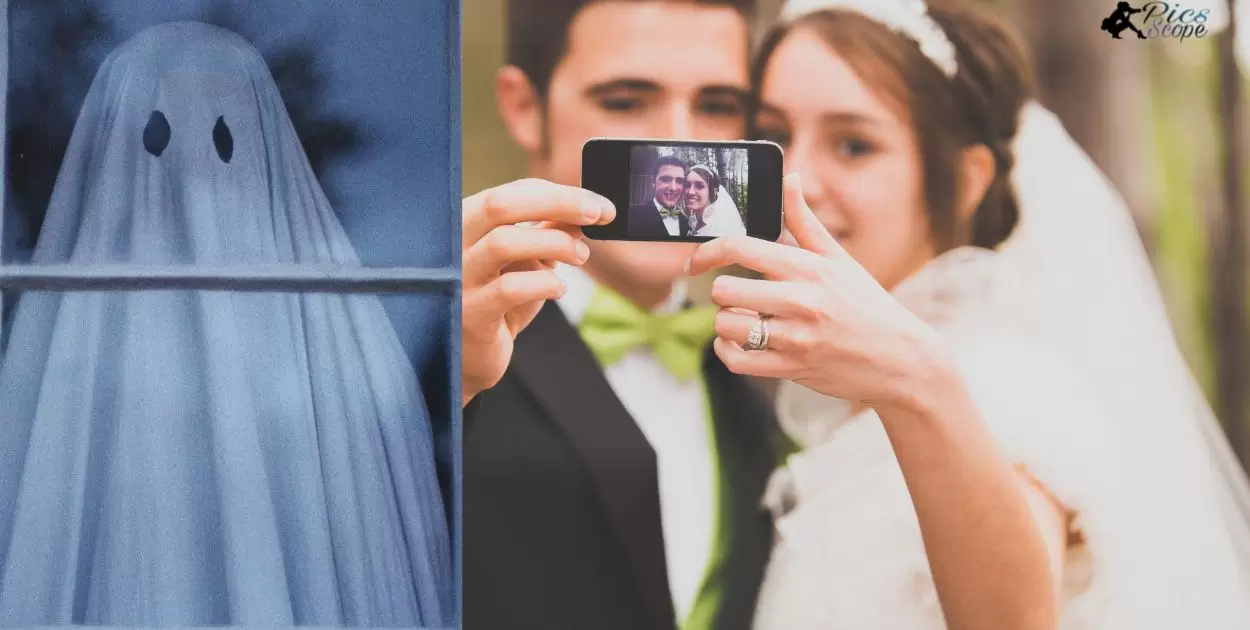Ghosting in photography refers to an optical phenomenon where semi-transparent, faded duplicates of objects or elements appear in an image. It occurs due to light reflecting inside the lens or between the lens and sensor, causing unwanted duplicates or trails of the subject.
Ever wondered, What is ghosting in photography? Ghosting isn’t about eerie apparitions, but rather a common optical effect that can sneak into your photos. Imagine unwanted semi-transparent duplicates or faint trails of objects showing up unexpectedly, marrying your otherwise crisp images.
In photography, ghosting refers to the appearance of faint, translucent duplicates of objects or elements in an image. It occurs due to light reflecting inside the lens or between the lens and sensor, often caused by bright light sources. Stay with us to learn how to prevent and fix ghosting to enhance your photography skills.
The Impact Of Ghosting On Image Quality: Unraveling The Photography Mystery
Ghosting significantly affects image quality in photography. This phenomenon occurs when unwanted reflections bounce around within the camera lens, creating blurred or hazy areas in the final picture. To combat ghosting, photographers often use lens coatings and hoods to minimize stray light and improve the clarity of their shots.
Understanding the impact of ghosting is crucial for photographers seeking sharp and vibrant images. By addressing this challenge head on, photographers can enhance the overall quality of their work, ensuring that the final pictures accurately capture the intended subject without the interference of distracting artifacts caused by ghosting.
How Does Ghosting Occur In Photography? Exploring The Technical Aspects
Starting A Wedding Photography Business? Ghosting in photography results from unwanted reflections or flares caused by light bouncing between lens elements, especially in high-contrast situations. This occurs when shooting towards the sun or in low light.
Photographers prevent ghosting by using lens coatings, lens hoods, and adjusting shooting angles to minimize reflections. Managing these technical aspects is crucial for producing clear, high-quality images free from the effects of ghosting.
Photography And Optical Anomalies: A Deep Dive Into The World Of Ghosting
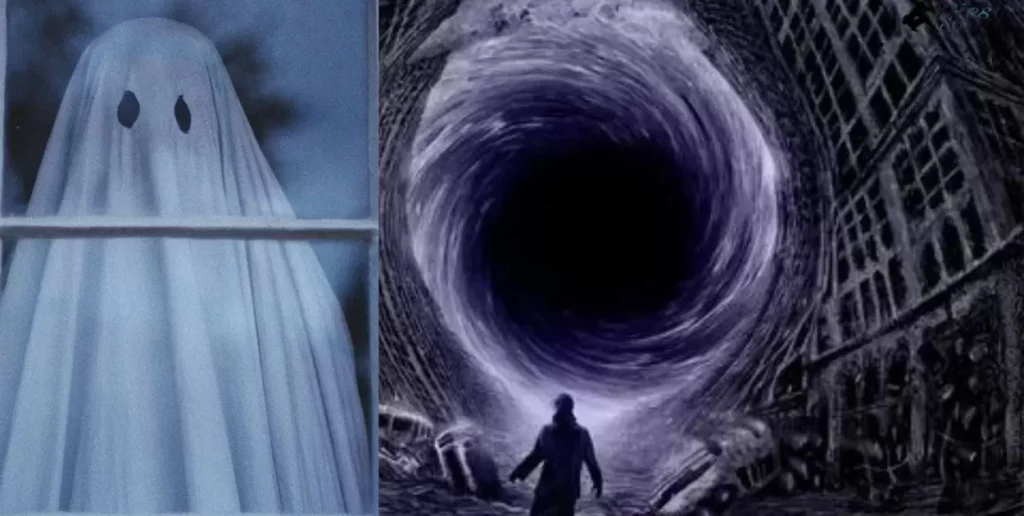
These optical anomalies occur when light bounces between the lens elements, creating artifacts. Photographers can minimize ghosting by using lens hoods and filters, controlling ambient light, and choosing quality lenses. Understanding these issues enhances the overall photographic experience.
In the world of photography, optical anomalies like ghosting are part of the game. Photographers need to be aware of these challenges and employ practical techniques to overcome them. By mastering the art of managing light and using the right equipment, photographers can capture stunning images without the interference of ghosting.
Overcoming Ghosting Challenges: Strategies For Photographers
Photographers face challenges when dealing with ghosting in their images. Ghosting occurs when unwanted reflections or flares appear, impacting photo quality. To overcome this, use a lens hood to minimize stray light, choose the right angle to reduce reflections, and consider using an anti-reflective coating on your lens.
Additionally, adjusting your shooting position or using a lens with multi-coating can help mitigate ghosting. Experiment with different settings and equipment to find the most effective strategy for your specific shooting conditions. By employing these practical techniques, photographers can enhance the quality of their images and capture stunning, ghost-free photos.
Common Misconceptions: Dispelling Myths Surrounding Ghosting In Photography
Misunderstandings often arise when it comes to lens ghosting in photography. Some believe that lens ghosting only occurs in low-light conditions, but in reality, it can happen in various settings. It’s not exclusive to nighttime shots.
The truth is, lens ghosting can affect lenses across different price ranges. It’s not solely determined by the cost of the equipment but rather by factors like the angle of light and the lens coating. Understanding that lens ghosting can happen in diverse situations and with various lenses is essential for photographers seeking to capture clear and vibrant images.
Ghosting Vs. Flare: Navigating The Distinctions In Photography
| Aspect | Ghosting | Flare |
| Cause | Reflections within the lens elements. | Light entering the lens and bouncing around internally. |
| Appearance | Faint, semi-transparent duplicate of the image. | Bright spots, circles, or haze in the image. |
| Coloration | Often colorless or with minimal color artifacts. | Can exhibit colorful artifacts, such as rainbow patterns. |
| Location | Typically seen as duplicates near bright light sources. | Appears as streaks or blobs across the frame. |
| Reduction | Anti-reflective coatings can minimize ghosting. | Lens hoods and shading techniques help reduce flare. |
| Prevention | Adjusting shooting angles and using lens hoods. | Using lens hoods and shading the lens from direct light. |
| Impact on Image | Can reduce contrast and overall image quality. | May cause a loss of contrast and reduce image clarity. |
Evaluating Equipment: Can Camera Gear Influence Ghosting In Photography?
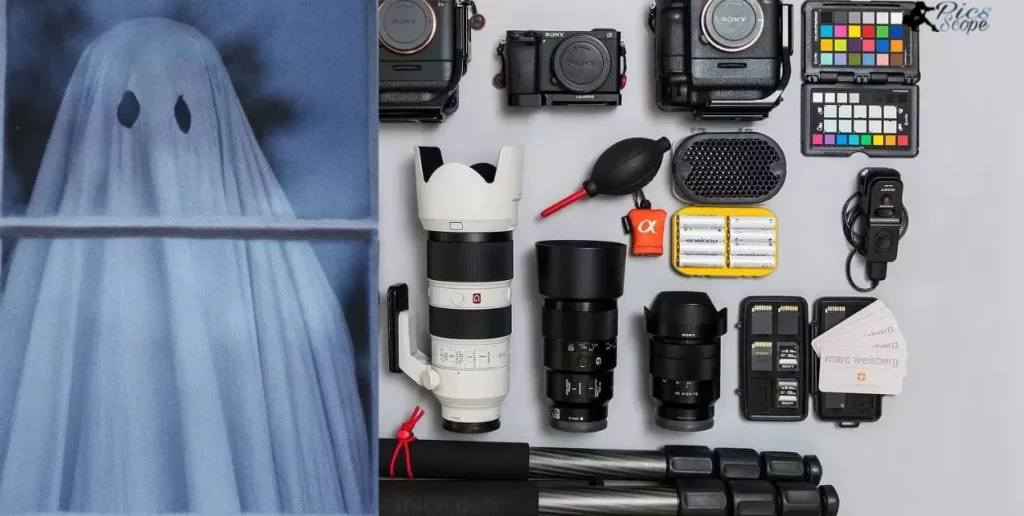
Photographers often wonder if camera equipment plays a role in the presence of ghosting in their photos. One key factor to consider is the type of lens used. Lens ghosting, a phenomenon where unwanted reflections appear in the image, can be influenced by the quality and coating of the lens.
Choosing the right camera gear becomes crucial in minimizing lens ghosting. Photographers should opt for lenses with advanced coatings that reduce reflections and flare. By evaluating equipment and selecting lenses carefully, photographers can significantly improve the overall quality of their photos by minimizing the impact of lens ghosting.
Real-World Examples: Instances Of Ghosting In Photography And Their Solutions
Lens ghosting in photography results from reflections or flares caused by light bouncing off lens elements, often seen when shooting towards bright sources like the sun. To prevent this, photographers use lens hoods, adjust angles, or apply anti-reflective coatings.
Another scenario of lens ghosting arises when shooting through glass surfaces, introducing unwanted artifacts. Solutions include avoiding direct light on the glass, opting for lenses with superior coatings, ensuring clear, high-quality images in real-world situations.
What Is Ghosting In Photography Examples
- Ghosting in photography refers to unwanted artifacts, such as reflections or flares, caused by light bouncing off lens elements.
- Examples include shooting towards bright light sources like the sun, resulting in ghost-like effects in the image.
- Lens hoods are commonly used to block stray light and reduce ghosting, while adjusting shooting angles and using anti-reflective coatings on lenses can also help.
- Another instance is capturing images through glass surfaces, where ghosting can occur due to reflections.
- Solutions involve avoiding direct light on the glass, choosing lenses with superior coatings, and employing techniques to enhance image clarity.
What Is Ghosting In Photography App
Ghosting in photography apps occurs when faint, transparent duplicates of an image appear, disrupting the clarity of the photo. These duplicates typically result from reflections or glare, impacting the overall quality of the image. To minimize ghosting, users can adjust their camera angles or use anti-reflective coatings on lenses for better results.
Understanding ghosting is crucial for photographers using apps as it directly affects image quality. By being mindful of light sources and making simple adjustments, users can enhance their photography experience, capturing clear and vibrant images without the interference of ghosting.
Ghosting Images Vision
In Ghosting Images Vision, technology detects and tracks images with precision. It enables a seamless overlay of digital elements onto the real world, enhancing visual experiences. This vision system works actively, recognizing and responding to images in real-time.
Ghosting Images Vision finds applications in diverse fields, from gaming to augmented reality. Users can enjoy interactive and immersive experiences as the technology swiftly identifies and integrates digital content into their surroundings. Its simplicity lies in its efficiency, making it a powerful tool for shaping the future of visual interactions.
Ghosting Photography Camera Settings
Ghosting in photography occurs when there is unwanted double exposure or a transparent, shadow-like effect in the image. To avoid ghosting, set a fast shutter speed to capture a single, crisp image. Additionally, use a narrow aperture to control the amount of light entering the camera, reducing the chances of ghosting.
Adjust the ISO to a lower setting for better image quality, and consider using a lens hood to minimize stray light. Experiment with these camera settings to achieve clear and ghost-free photographs, ensuring your images are sharp and devoid of any unwanted spectral effects.
Ghosting Images On Monitor
When ghosting images on a monitor, pixels from previous images may linger, creating a faint, transparent effect. This occurs when the pixels don’t transition quickly, leaving a residual image behind. To prevent ghosting, use monitors with faster refresh rates and response times.
Adjusting settings like overdrive can help reduce ghosting by optimizing pixel transitions. Keep in mind that ghosting can vary among monitors, so choose one that meets your specific needs and usage. Overall, understanding and managing ghosting is crucial for a clearer and more responsive display experience.
Lens Ghosting
Lens ghosting happens when unwanted reflections and flares appear in photos. These artifacts occur when light enters the camera lens and bounces off internal elements, creating hazy or semi-transparent shapes on the image.
Photographers often deal with lens ghosting by using lens hoods or adjusting the angle to minimize direct light entering the lens. To prevent lens ghosting, photographers can also use anti-reflective coatings on their lenses.
These coatings reduce the likelihood of internal reflections and improve overall image quality. Being mindful of light sources and using proper equipment helps photographers capture clear and ghost-free images.
Ghost Effect Photography
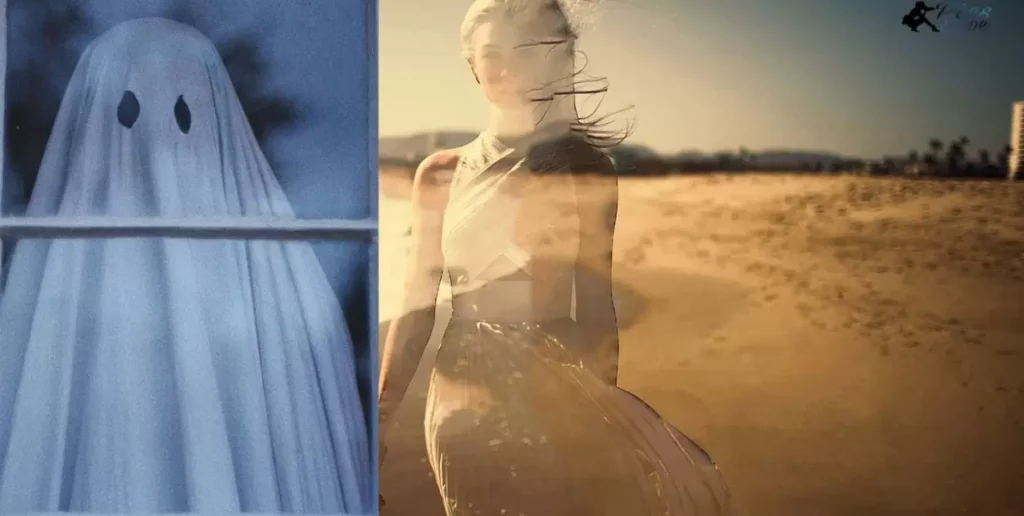
Ghost effect photography captures translucent, ethereal images, adding an otherworldly touch to your pictures. Achieving this effect is simple – set a slow shutter speed on your camera and have the subject move slowly during the exposure. This blurs their movements, creating a ghostly appearance in the final image.
Experiment with different lighting conditions to enhance the ghost effect. Low light or soft, diffused light works best, emphasizing the ghostly, mysterious vibe. Incorporate this technique into your photography for a unique and haunting visual appeal.
Ghosting Flare
Ghosting Flare is a new app designed to help you stay connected with friends. It notifies you when someone hasn’t responded to your messages, so you can avoid being left in the dark. The app is user-friendly, making it simple to track your conversations and keep communication alive.
With Ghosting Flare, you take control of your social interactions. No more wondering if your messages are being ignored. The app empowers you to navigate your friendships with confidence and ensures that important connections don’t fade away unnoticed.
How Do I Stop My Camera From Ghosting?
To prevent ghosting in your camera, adjust the shutter speed to capture faster images. This stops lingering traces of previous frames, resulting in clearer photos. Additionally, use a tripod for stability, reducing the chance of unintentional blurs caused by shaky hands.
Ensure proper lighting in your environment. Well-lit scenes allow for quicker shutter speeds, minimizing the ghosting effect. If you’re still facing issues, consider upgrading to a camera with advanced anti-ghosting features, ensuring crisp and ghost free images effortlessly.
What Does Ghosting Look Like?
Ghosting is when someone suddenly stops responding to your messages or calls without any explanation. It’s like they disappear without a trace, leaving you wondering what went wrong. In online dating, for example, ghosting might mean the person you were talking to just vanishes, and you’re left with no closure.
In friendships or at work, ghosting can happen when someone avoids you without giving a reason. It leaves you in the dark, feeling confused and frustrated. Ghosting is a silent exit, and recognizing the signs can help you navigate and understand these situations better.
What Is the Ghost Effect In Image Processing?
The ghost effect in image processing occurs when a faint or transparent duplicate of an object appears in the image. This phenomenon often happens due to issues like motion blur, double exposure, or reflections. Image processing techniques aim to reduce or eliminate ghosting to enhance the clarity and quality of the final image.
One way to address the ghost effect is through careful adjustment of camera settings, such as shutter speed, to minimize motion blur. Additionally, post-processing tools and algorithms can be employed to detect and correct ghosting artifacts in images, ensuring a cleaner and more accurate representation of the photographed scene.
What Is Ghosting And Motion Blur?
Ghosting and motion blur are visual phenomena commonly encountered in displays and photography. Ghosting occurs when a fast-moving object leaves a faint, lingering image on the screen or photo, creating a blurry trail. It happens due to slow pixel response times in displays or slow shutter speeds in photography.
Motion blur, on the other hand, is the blurring of an image caused by the movement of either the camera or the subject during the exposure. It results in a loss of sharpness and clarity in the final image. Both ghosting and motion blur can impact the overall visual experience, affecting the quality of images and the viewing experience on screens.
Eye Ghosting
Eye ghosting is a visual phenomenon where a faint duplicate image appears alongside the primary one. This occurrence often happens due to problems with eye coordination or focusing. People may experience eye ghosting when their eyes struggle to align properly, causing a slight overlap of images.
Factors such as astigmatism or uncorrected refractive errors can contribute to eye ghosting. Addressing these issues through corrective lenses or vision therapy can help reduce or eliminate the ghosting effect. Additionally, practicing eye exercises to enhance coordination may prove beneficial in minimizing the occurrence of eye ghosting.
What Is Lens Flare In Photography
Lens flare in photography happens when light enters the camera lens and scatters, creating unwanted artifacts in the image. It appears as streaks, circles, or haze, often caused by direct sunlight or artificial light sources hitting the lens.
Photographers manage lens flare by using lens hoods or adjusting the angle to minimize direct light. Sometimes, though, lens flare can add an artistic touch, creating a dreamy or atmospheric effect in photos, enhancing the mood or storytelling within the image.
Is Lens Flare Good Or Bad In Photography?
Lens flare in photography occurs when light hits the camera lens directly, causing artifacts like colorful circles or streaks in the image. Some photographers love it for adding artistic effects and a dreamy vibe to photos. They deliberately include it for a creative touch.
However, lens flare isn’t always desired. It can reduce image contrast, create unwanted distractions, or obscure details. Some photographers avoid it by using lens hoods or adjusting their shooting angles to minimize the effect, while others embrace it as part of the storytelling in their images
How To Prevent Ghosting
Ghosting in photos happens when there’s unwanted reflection or double imaging. To prevent it, use a lens hood or shade to block excess light. Clean the lens to remove any smudges or dirt that might cause ghosting. Adjusting the angle or position can also help eliminate ghosting.
Another way is to use a lens with better coating to minimize reflections. Experiment with different shooting angles to find the one that reduces ghosting. Additionally, avoiding shooting directly into bright sources of light can significantly reduce ghosting in your photographs.
How Do You Fix Ghosting In Photoshop?
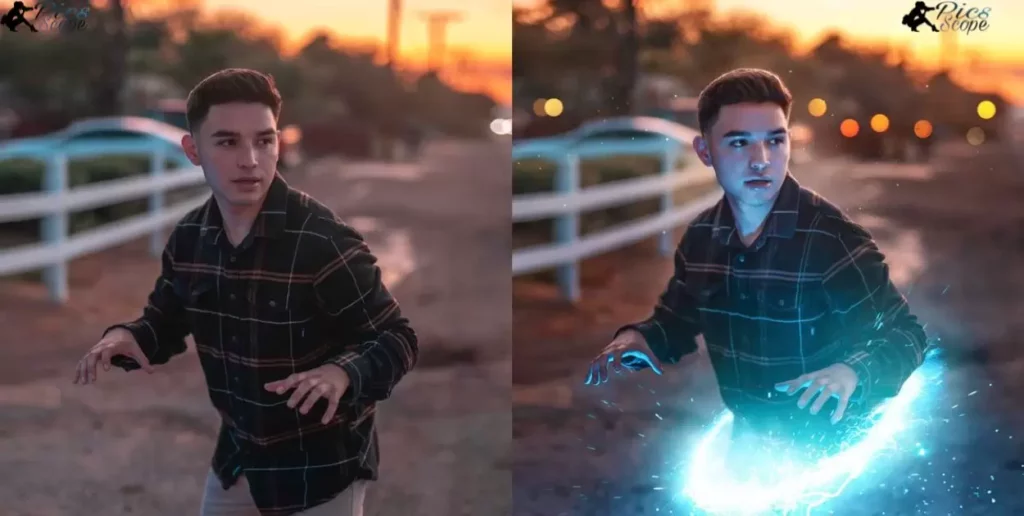
To fix ghosting in Photoshop, start by opening the image that needs correction. Choose the Clone Stamp tool from the toolbar on the left. Adjust the brush size to match the area around the ghosting.
Next, hold down the Alt key and click on an area close to the ghosting that you want to use as a reference. Then, carefully brush over the ghosted area with the sampled pixels. Take it slowly and use different sample points if needed to blend the affected area seamlessly.
Remember to zoom in for precision and periodically check your progress. Once the ghosting is covered up and the image looks natural, save your work. This method helps eliminate ghosting from your photos using Photoshop’s tools effectively.
Content-Aware:
Content-Aware is a feature in Adobe Photoshop that intelligently fills in or removes selected areas within an image. It analyzes the surrounding pixels to generate new content that seamlessly blends with the rest of the photo.
Clone Stamp:
The Clone Stamp tool in Photoshop is used to duplicate or clone specific parts of an image. It works by sampling pixels from one area of the image and allows the user to paint over another area with the sampled pixels.
FAQS
How do I stop my camera from ghosting?
To prevent ghosting, use a lens hood, avoid shooting into bright light, and clean your lens for clearer images.
What does ghosting look like?
Ghosting shows as faint, semi-transparent duplicates or trails of objects in photos, caused by light reflections.
What is the ghost effect in image processing?
Ghosting in image processing refers to artifacts or duplicates caused by blending or overlaying images, often seen in HDR or panorama merging.
What is ghosting and Motion Blur?
Ghosting and Motion Blur are distinct phenomena. Ghosting shows duplicates, while Motion Blur captures movement as a blur in photos.
Conclusion
Understanding what ghosting in photography is crucial for capturing clear and crisp images. By recognizing and addressing this optical phenomenon, photographers can enhance the quality of their shots. Whether it’s avoiding bright light sources or using lens hoods to minimize reflections, mitigating ghosting ensures that your photos maintain their intended clarity and focus on the subject.
Mastering techniques to control what ghosting in photography looks like helps photographers create visually stunning images. Being aware of the potential appearance of semi-transparent duplicates or faint trails allows for strategic adjustments during shooting or post-processing, ultimately elevating the overall quality and impact of your photographs.
